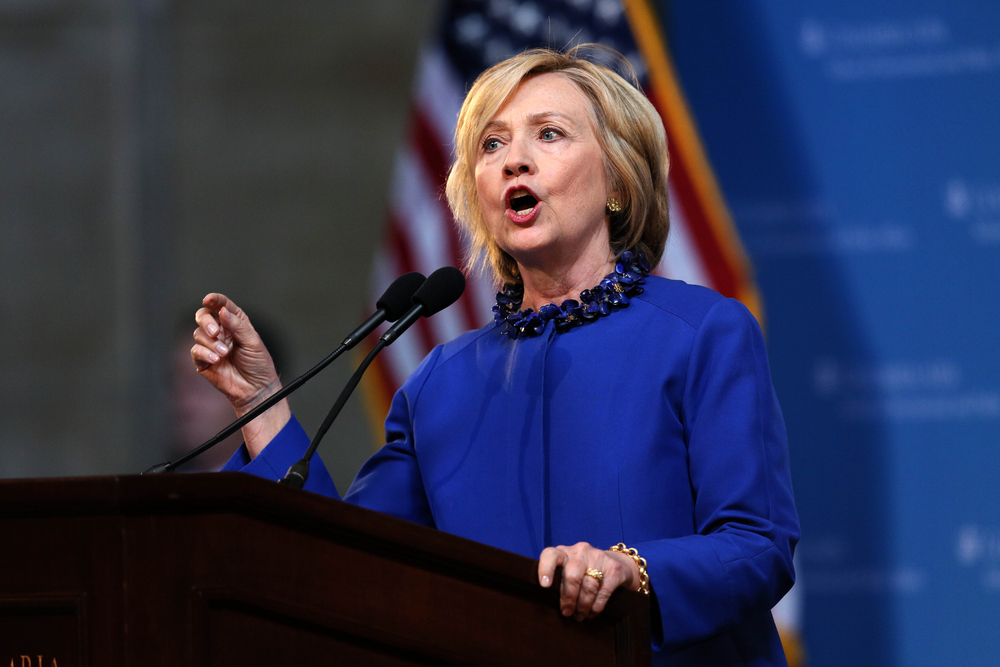How Each Presidential Candidate Plans to Handle Corporate Taxes

If you follow this blog then you know that corporate taxes are a regular topic discussed in this space. A couple weeks ago we shared some comments from Disney Chief Bob Iger regarding the country’s corporate tax policies. This is a topic that continues to get a lot of airtime in the media as the three candidates still running for president continue to push the issue.
One of the reasons this continues to be front and center is that income from corporate taxes keeps falling. While it still remains a huge source of revenue for the government, over the past several decades that revenue has been declining sharply. In fact, whereas in the 1950s corporate taxes accounted for 30 percent of the country’s tax revenue, in the year 2015 corporate taxes accounted for a mere 11 percent of the total tax base.
There are several reasons for the decline, including corporate tax breaks, a lower corporate tax rate, more profits coming overseas and many loopholes that allow corporations to cut their tax bills legally.
As mentioned, each of the three remaining candidates running for the nation’s top office have their own ideas on how to solve the problem and just as one would expect they differ greatly. In a nutshell, republican Donald Trump wants to cut the corporate tax rate down from 35 percent to 15 percent.
Hilary Clinton, on the other hand wants to close loopholes so corporations can’t avoid their taxes, which increase corporate tax revenues for the government substantially. At the same time she has not made any proposal to cut the corporate tax rate. Bernie Sanders wants to increase the corporate tax revenue by increasing the tax rate even higher and by taxing overseas profits, among other things.
Time will tell who wins the election, and when that person does, whether or not he or she will be able to implement his or her plan.
http://www.reuters.com/article/us-usa-election-taxes-idUSKCN0YS0C7
Millionaire Financial Calculator
Millionaire Financial Calculator What might it take to save one million dollars? This financial calculator helps you find out. Enter in your current savings plan and view graphically your financial results for each year until you retire! A complete report tells you when you could hit your Cool Million – and what you can do…
Why Are California Lawmakers Battling Over How to Spend Free Money?
Why Are California Lawmakers Battling Over How to Spend Free Money? When it comes to money, free is a very nice price. Who doesn’t like a free handout? Ask around and almost anyone would say they love to get something for nothing, which is why people spends millions in gambling and other games of chance.…
Top Reasons Why People Procrastinate
Top Reasons Why People Procrastinate When it comes to money, free is a very nice price. Who doesn’t like a free handout? Ask around and almost anyone would say they love to get something for nothing, which is why people spends millions in gambling and other games of chance. In fact, that famous, crazy strip…
What is Your Investment Risk Tolerance?
What is Your Investment Risk Tolerance? Mention the word “risk” in the context of a discussion about investing, and what springs to most people’s minds? A huge loss when the stock market takes a dive? Or when the price of bonds tumbles? Most likely. Such possibilities lead some people to cling to the “safety” of…




